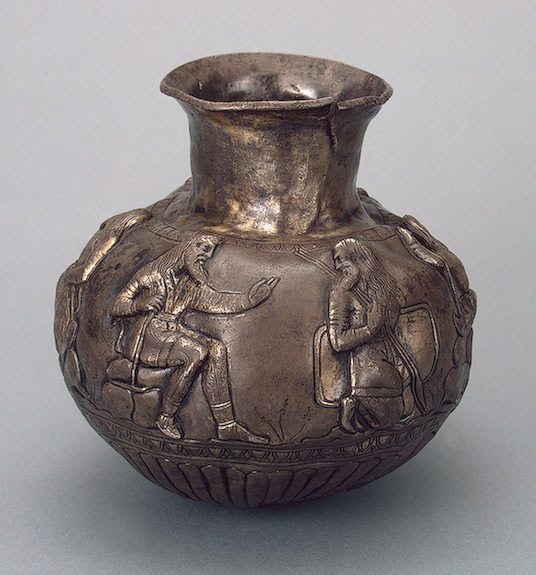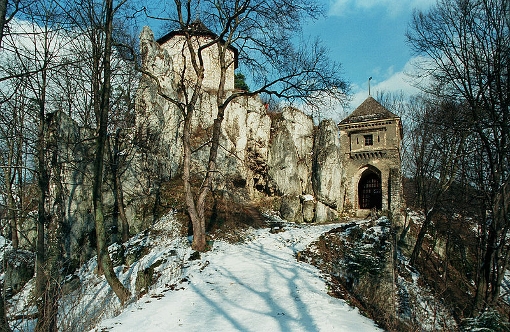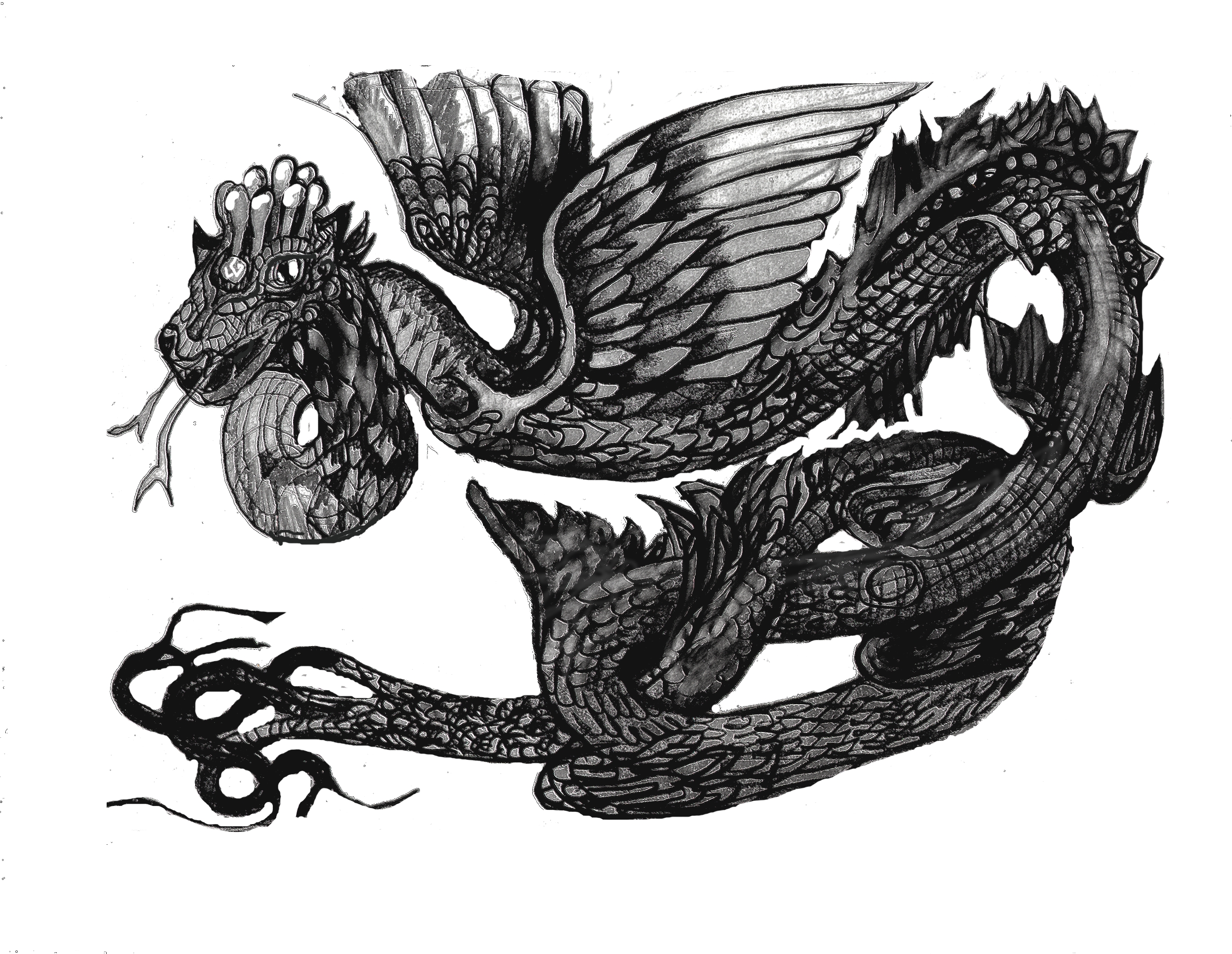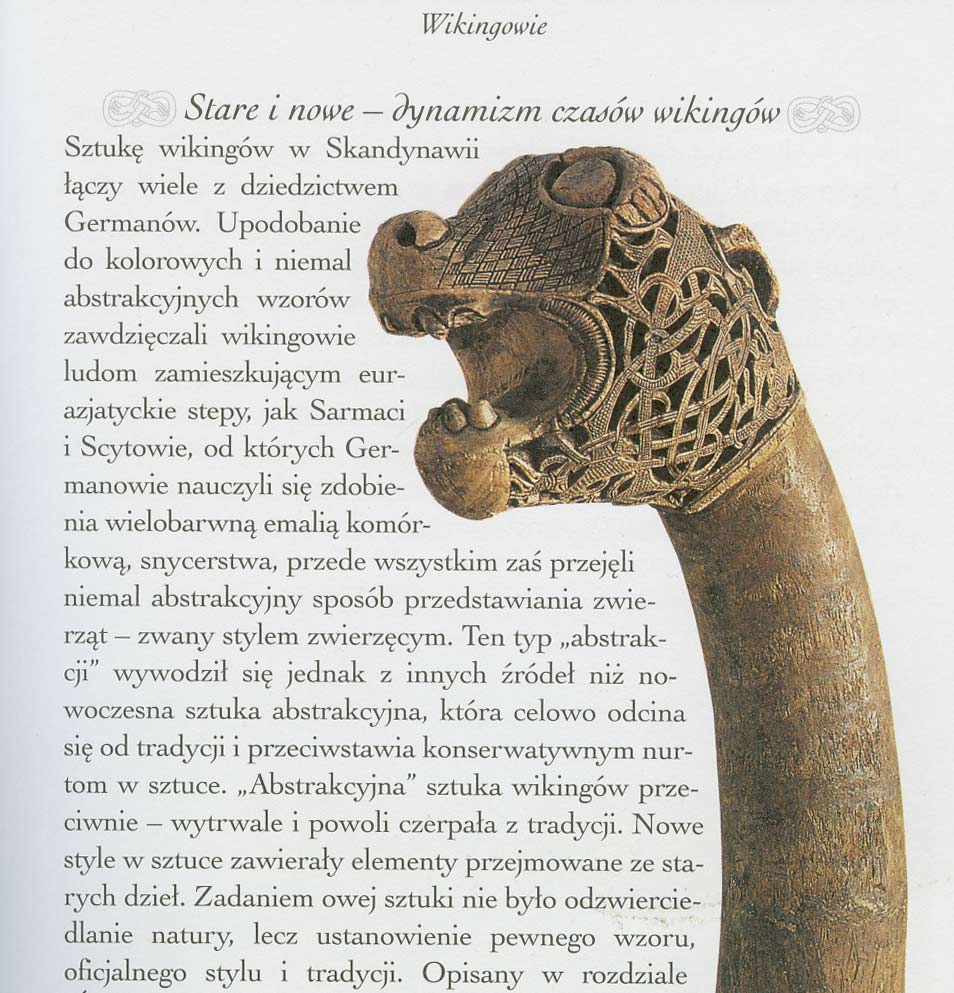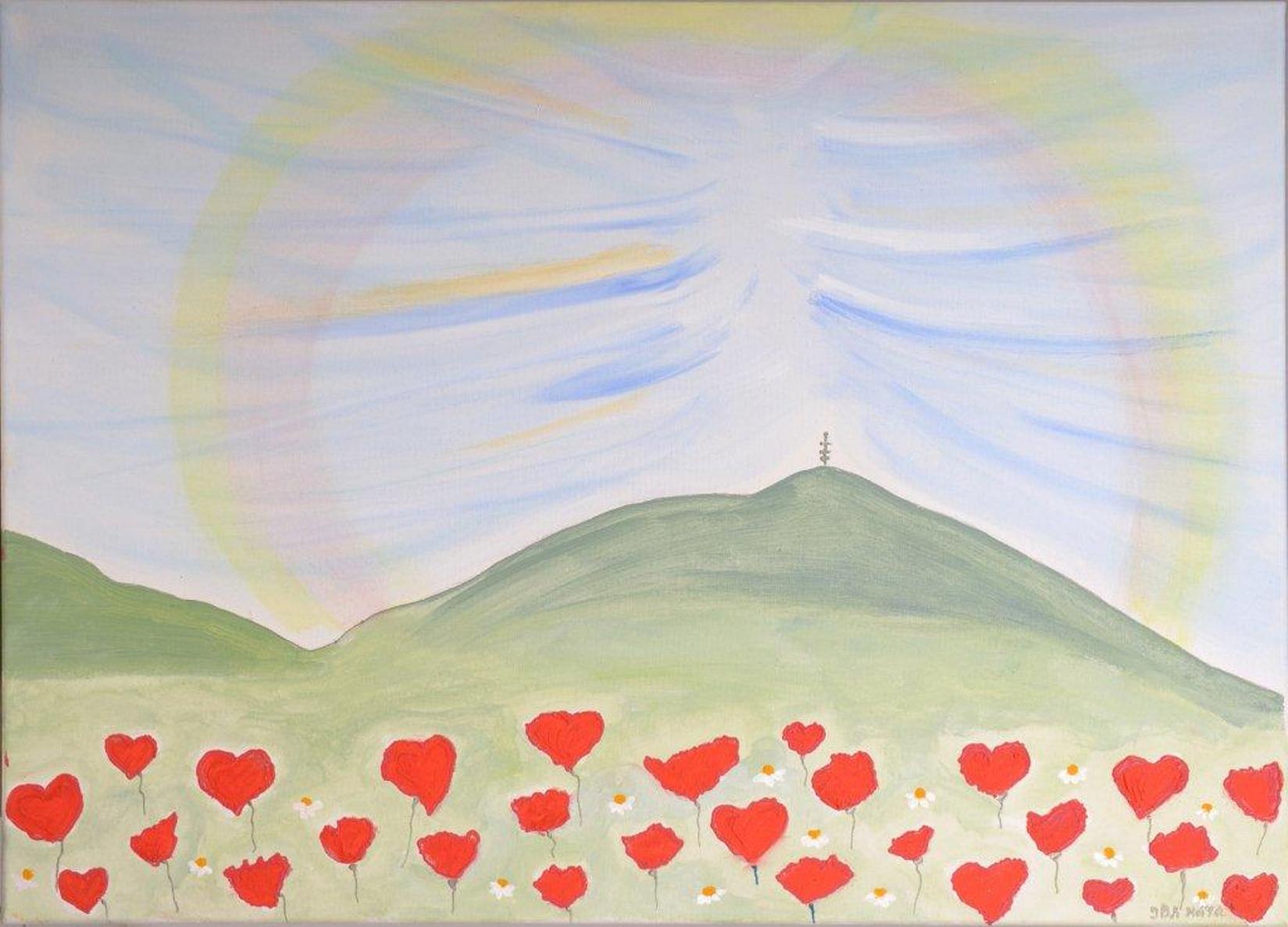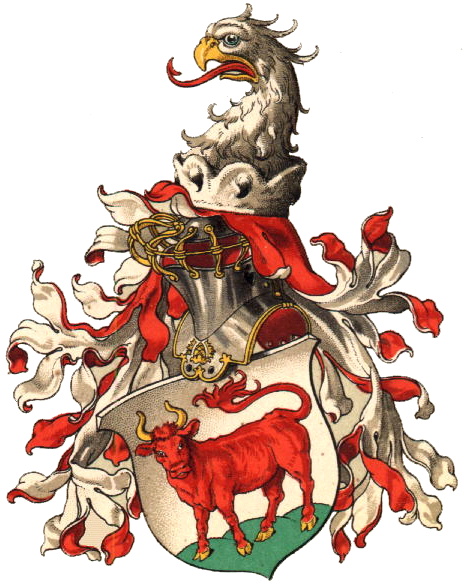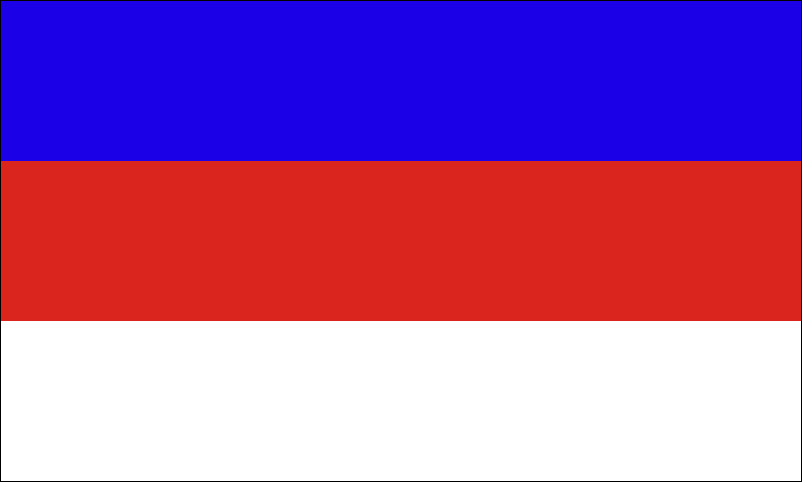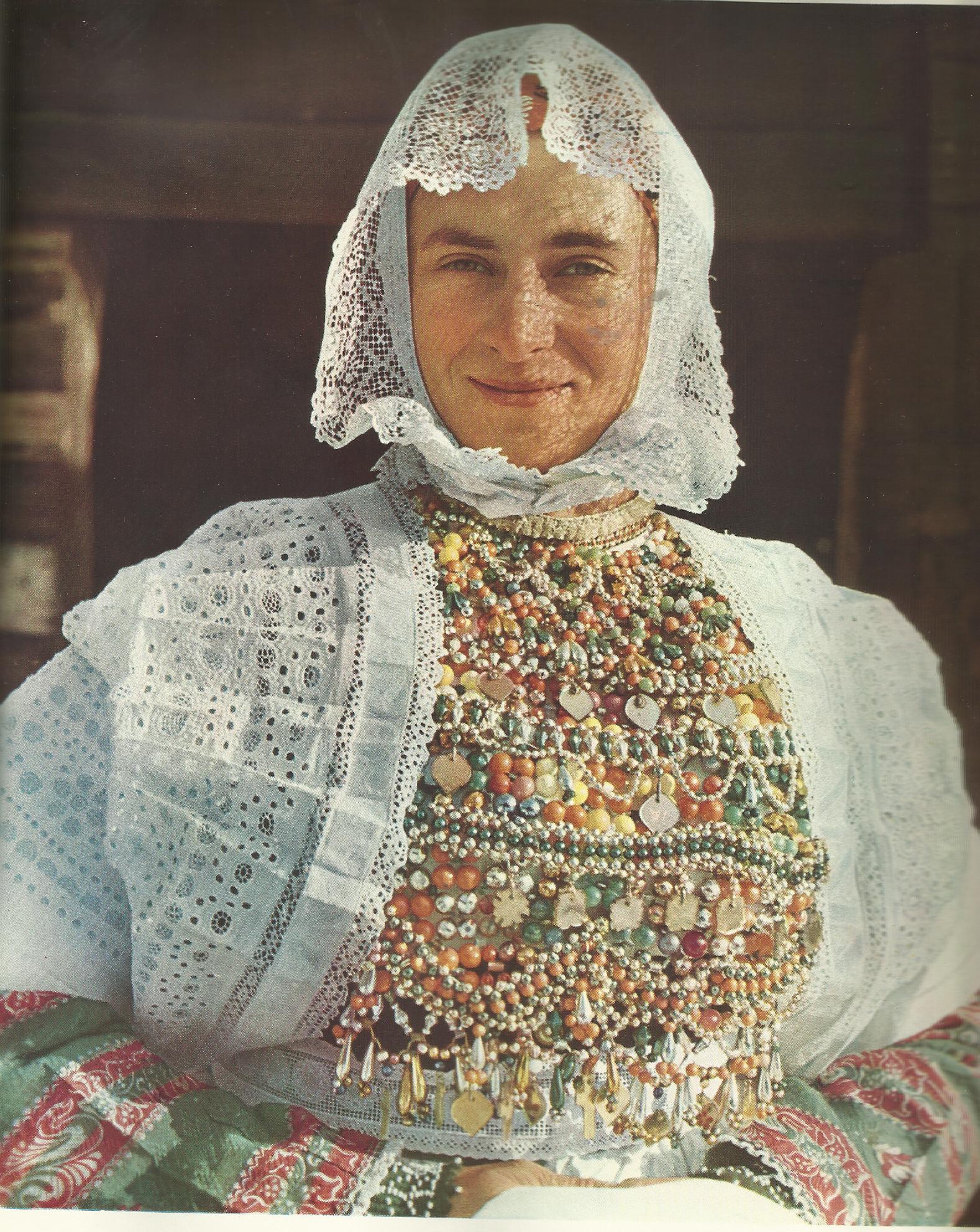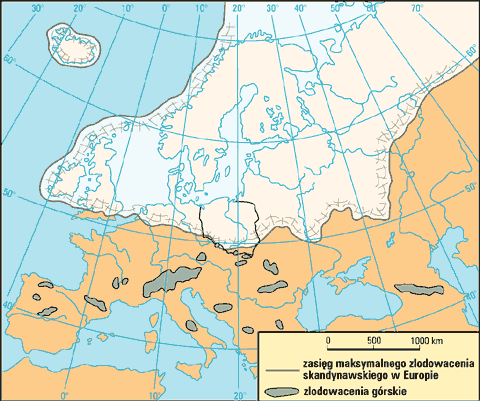© translated by Katarzyna Goliszek
In 1995, in the Native Church of Poland the tradition of Lechicki Circle of
Worshippers of Svetovid (Światowit) – active in Warsaw from 1950 to 1980 –
was revived. We can say, however, that the official dates do not reflect the
continuity of the activity of the Faith of Nature worshippers.
The Lechicki Circle of Worshippers of Svetovid (in Polish: Lechicki Krąg Czcicieli Światowita – LKCŚ) practically stopped its activity as an organisation when Władysław Kołodziej died, but some participants of the Circle lived and acted on their own.
It was Lech Emfazy Stefański thanks to whom the Native Church of Poland was registered in 1995 which also led to the beginning of the first oficially organised and registered Pagan Church in Poland. Owing to Lech Emfazy Stefański, the public pagan worship and public pagan rituals were reborn in Poland.
Yet, Slavic Faith of Nature existed, gods were worshipped, Slavic festivities and rituals were held in many places in Poland for all the thousand years of Christianity in Poland and certainly as far as I remember it, and since we have been able to historically recreate the ”activity” of the Guardians of the Faith of Nature. It is not in the least the time from Zorian Dołęga Chodakowski or, the more, Bronisłąw Trentowski – as various amatuerish writers of the history of Native Faith would like it to have been – it had lasted before and actually it has lasted till now and will always last.
Someone who gives dates relating to them as the beginning of revival of paganism in Poland has no idea at all what he or she is talking about.
“Slavic Faith of Nature IS ONE – anybody that divides US is OUR enemy” [Zorian Dołęga Chodakowski – in one of his letters to his friend].
Czesław Białczyński
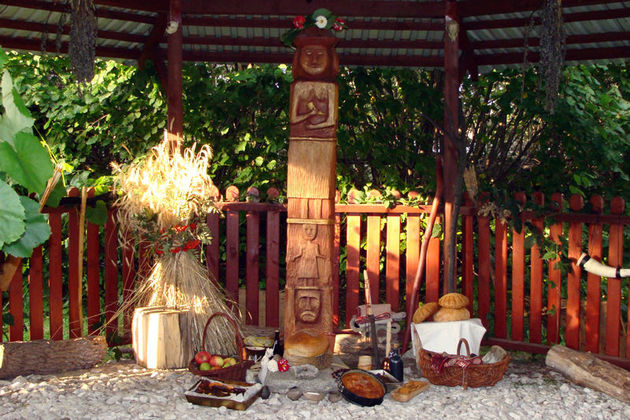 Mazovian shrine of the Native Church of Poland
Mazovian shrine of the Native Church of Poland
Czytaj dalej →
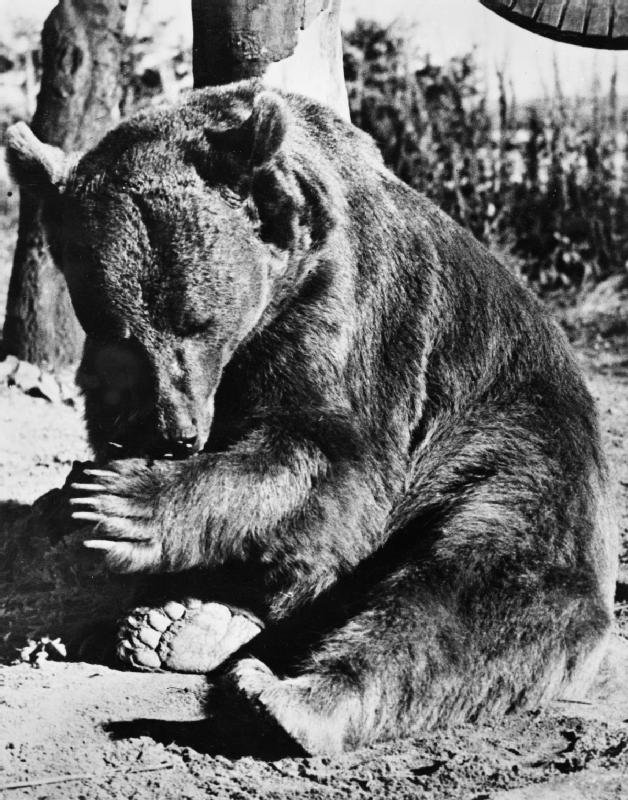 Wojtek po wojnie po demobilizacji na farmie Sunwick w Anglii.
Wojtek po wojnie po demobilizacji na farmie Sunwick w Anglii.

